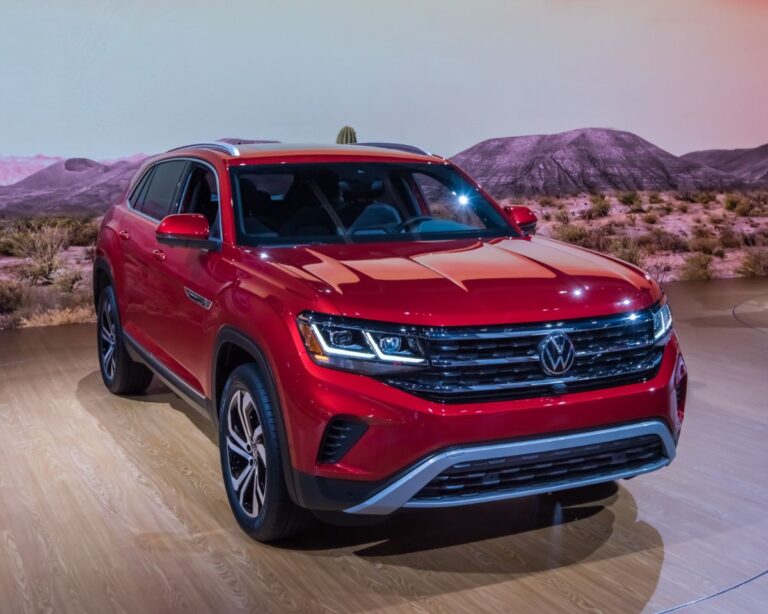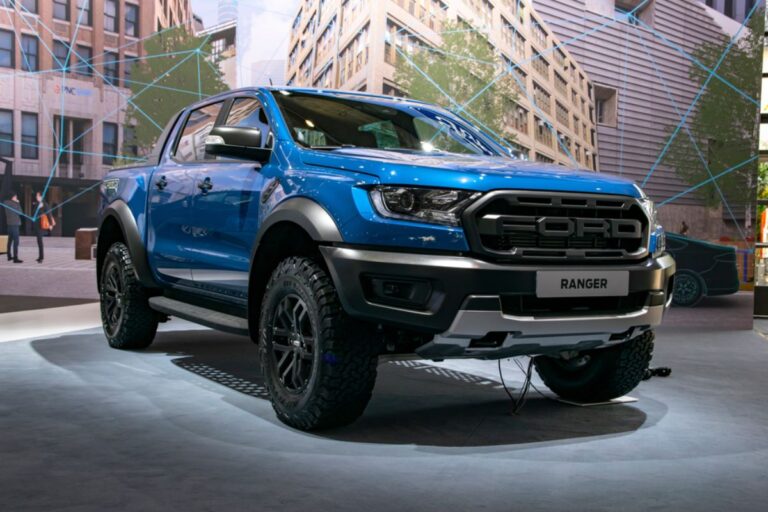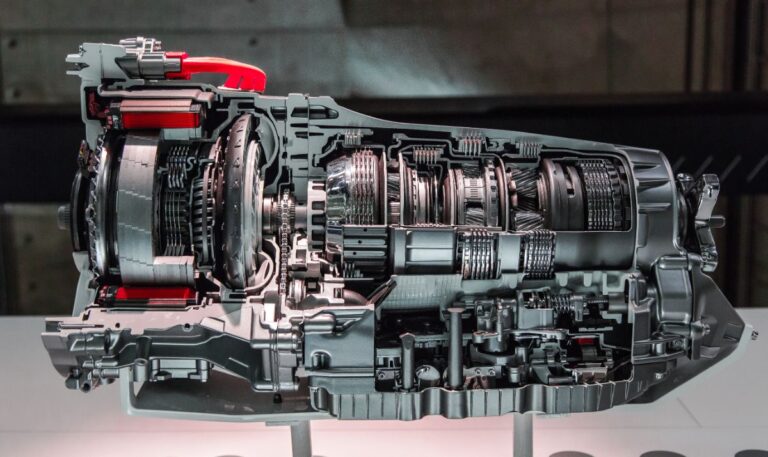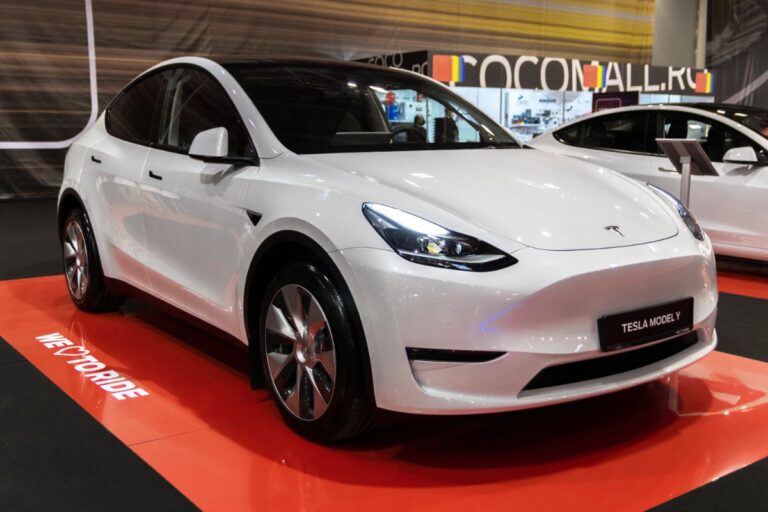
The Tesla Model 3 and the Chevy Bolt were both first produced in 2017, which will make this an interesting, level-playing field of a comparison between the two fully electric-vehicles. One dominated the market in 2017, and one is breaking world records today. But which is which?
And which car is the better option overall? We’re going to dive into all of the details of each, and reveal the true winner. Read on to find out!
What is the Tesla Model 3?
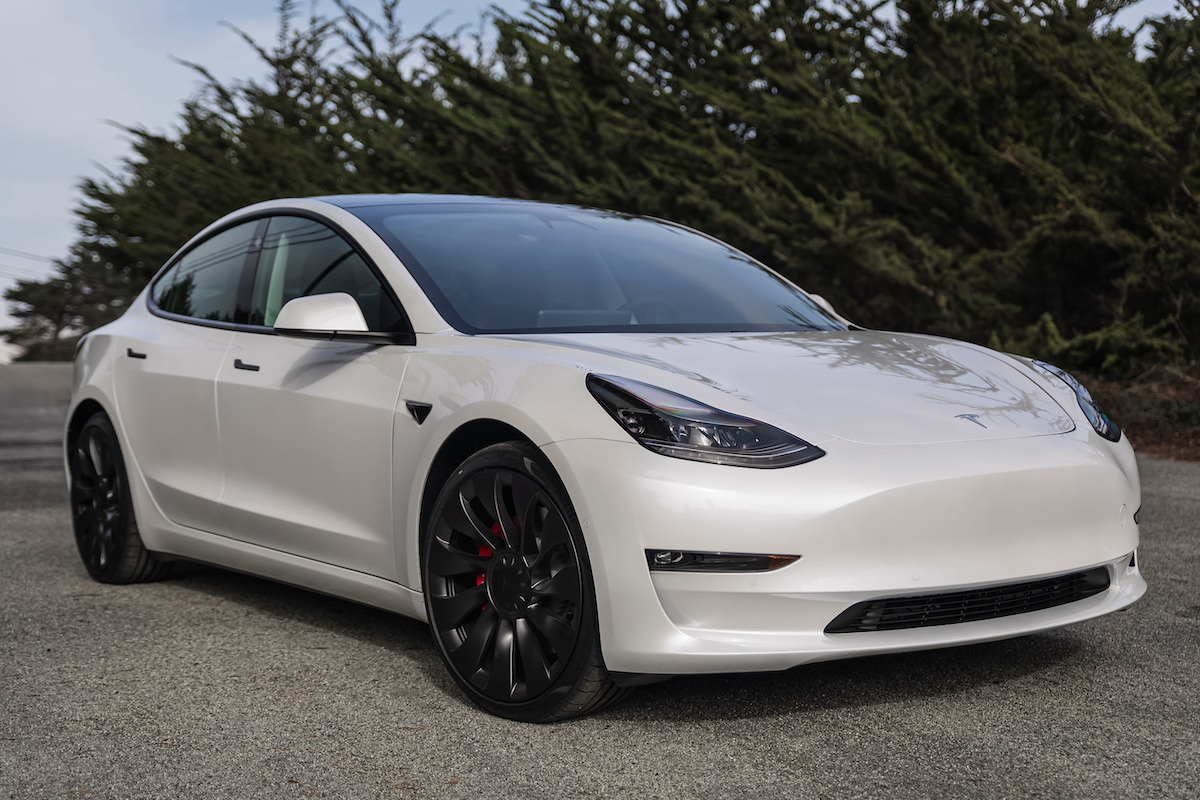
The Tesla Model 3 is Tesla’s affordable, compact all-electric model vehicle. It has nearly all of the same features and luxuries as its flagship Model S, at half the price tag.
The first Model 3 was first produced in 2017, and new models are still being released every year since then.
The Model 3 is the only compact all-electric vehicle with 350 miles of range per charge and such quick speeds; it can go from sitting still to 60 mph in 3.1 seconds (this is for the Tesla Model 3 Performance car).
The Tesla Model 3 is available in three trims, and seats five people. It has many self-driving features, though it is not 100% autonomous just yet.
Tesla Model 3 has a fun “Sport Mode”, operates by one-pedal driving, can be a single or dual motor, and can also be rear-wheel-drive or all-wheel-drive.
Related to: Tesla Model 3 vs Model S│15 Cars similar to the Tesla Model 3
What is the Chevy Bolt?

The Chevy Bolt was also first produced in 2017, and has also released new models every year since then.
While the Chevy Bolt cannot boast the same range nor speed of the Model 3, it does have one glaringly obvious feature– its low price point. We’ll dive into that later on in this article though.
The Chevy Bolt is available in two trims and also seats five people. It can go about 259 miles on a single charge and will go from 0 to 60 mph in 6.5 seconds.
Just like the Tesla Model 3, the Chevy Bolt operates by one-pedal driving, features a “Sport Mode” and has some self-driving features. Still, the Bolt’s self-driving features are not nearly as sophisticated as other Chevy vehicles and are far less operational when compared to the Tesla Model 3.
It does not offer lane changing, city-driving, or Auto-pilot.
The Chevy Bolt is only front-wheel drive, all-wheel drive isn’t even an option. It only has one motor and does not offer the option of a dual-motor.
Related to: 13 Cars Similar to the Chevy Bolt EV │12 Cars Like the Polestar 2
How are they different?
While the two vehicles share many similarities, both produced in 2017, with some self-driving features, Sport Mode, all-electric operation, and five-people seating, there are considerable differences.
For instance, Tesla is faster, with a longer charge range, more autonomous driving capabilities, all-wheel-drive, and dual motors. But, the Chevy Bolt offers a more appealing price point.
Materials
The interior of the Tesla Model 3 is completely free of leather and 100% vegan as of 2020. Tesla and PETA collaborated to create materials that are sustainable, vegan, and still highly durable.
The Chevy Bolt has the option of a leather interior and does not offer a vegan-friendly option. All Chevy steering wheels use at least some leather.
Tesla Model 3 uses 250-volt 2170-size lithium-ion cells. Meanwhile, Chevy Bolt uses 350-volt LG-Chem nickel-rich 288-size lithium-ion cells.
Design Features

Chevy Bolt and Tesla Model 3 can both seat five people; the Model 3 is a four-door sedan while the Bolt is a five-door hatchback. The Model 3 has 97 cubic feet for passengers, while the Bolt has slightly less, at 94 cubic feet.
When it comes to Cargo space though, Chevy has almost 17 cubic feet of space, while the Model 3 has 15 cubic feet.
Tesla is equipped with a 15-inch control panel touchscreen (with no additional buttons), while the Bolt has a 10.2-inch touchscreen and also a few set-button controls.
My favorite design element of the Tesla Model 3 is the panoramic full-body moonroof. Unfortunately, the Chevy Bolt doesn’t offer this design.
The Tesla Model 3 is available in five colors: Pearl White Multi-Coat, Midnight Silver Metallic, Deep Blue Metallic, Solid Black, and Multi-Coat Red.
Chevy Bolt offers seven colors: Ice Blue Metallic, Summit White, Mosaic Black Metallic, Bright Blue Metallic, Gray Ghost Metallic, Silver Flare Metallic, and Cherry Red Tintcoat.
While there is nothing wrong with the Chevy Bolts aesthetics, they do feel a bit dated to me.
There is a lot going on visually; there is a display above the wheel in the dashboard, with about a dozen buttons on the steering wheel, another dozen buttons below the touchscreen, and a lot of visible seams, stitches, and design that breaks up the flow of the interior.
Tesla on the other hand, exclusively uses the touchscreen with no additional buttons or gauges needed. The Model 3 has a seamless steering wheel, minimal stitching on the seats and console, and a one-piece dashboard that feels sleek and futuristic.
If you prefer tradition and familiarity, you’ll like the Chevy Bolt. If you prefer a more minimalist design, you’ll appreciate the Tesla Model 3.
Durability

It’s not easy to compare the Tesla Model 3 with the Chevy Bolt just yet. There isn’t a lot of data released for both cars, and the data that is shared is conducted by different groups with unmatched variables.
According to Caredge.com, the Tesla Model 3 will cost you about $3,587 in maintenance and repairs in the first ten years of ownership.
According to Edmunds.com, the Chevy Bolt, will cost you $3,360 in maintenance and repairs in the first five years of ownership.
Still, the more a vehicle ages and is used, the more frequently and extensively it will need maintenance and repairs. It is safe to assume that it will cost at least double (more than likely, more than that) to maintain and repair the Chevy Bolt over a ten-year period, than a Tesla Model 3 will cost.
If you want to compare the weight between the Model 3 and Bolt, the Bolt weighs between 3,500 and 3,600 pounds, while the Model 3 weighs between 4,100 and 4,900 pounds.
Cost Differences
Price is the one area where Chevy Bolt has an advantage over the Tesla Model 3.
Chevy Bolt 1LT starts at $31,500 but this does not include delivery, dealer, license fees, tax, title, or any available tax credits. The Chevy Bolt 2LT begins at $35,695.
Tesla Model 3 starts at $44,990. The Long Range version begins at $51,990 and Performance starts at $58,990.
History

The Chevy Bolt was produced by General Motors under the Chevy marque. It was the second best selling all-electric vehicle in 2017, selling 23,297 cars. The Tesla Model S sold the most cars, nearly 5,000 more units than the Chevy Bolt.
The Tesla Model 3 was released under limited production near the end of 2017, and sold just under 2,000 cars in total.
Motor Trend dubbed the Chevy Bolt the Car of the Year in 2017. Time Magazine called it one of the 25 Best Inventions of 2016, and Automobile said it was the 2017 North American Car of the Year.
While the Model 3 didn’t receive a lot of press or impressive awards in 2017, the sales have spoken for themselves since then.
The Model 3 sold 501,000 units globally in 2021, while the Chevy Bolt sold 22,000 cars. The Model 3 is the world’s best-selling EV, and surpassed over one million units sold in June of last year.
Conclusion
To wrap this up, it is my opinion that there is no comparison between the Chevy Bolt and the Tesla Model 3. If it were 2017, though, Chevy Bolt would strongly have the upper hand.
Bolt came out of the gates with high praise and lots of promise, but since Model 3’s limited release at the end of 2017, it has blown the Bolt completely out of the water.
Yes, the Chevy Bolt is about $13,490 cheaper than the Model 3. However, in every other aspect, Model 3 wins. The Tesla Model 3 is more than twice as fast from 0 to 60 mph, it has approximately 90 more miles of range per charge, and of course, 479,000 more sales in 2021.
Of course my opinion is subjective, and the real question is, which car would you take if given a choice? Let us know, and please explain your pick!


